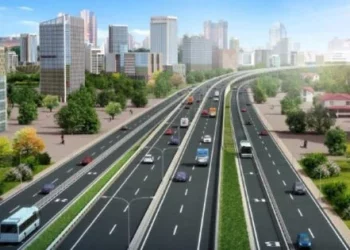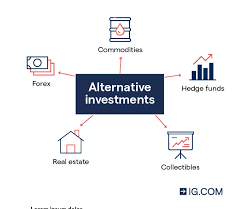According to the International Valuation Standards (IVS) cost approach is based on the assumption that the cost of a property should be equal to the cost of building a new similar property. It assumes that a reasonable buyer would not pay more for an existing improved property than the price to buy a comparable lot and construct a comparable building.
This valuation approach involves coming up with separate estimates of value for the building(s) and the land, taking into consideration depreciation of buildings. The estimates are then added together to calculate the value of the entire improved property. The depreciation adjustments are considered as obsolescence categorized into physical, functional and external.
The physical deteriorations may include paint, roofs and structural problems if available while functional obsolescence refers to certain physical and design features becoming undesirable e.g. outdated fixtures. Economic obsolescence occurs externally and is beyond the property e.g. locating property near a dumpsite. This approach is useful when the property being valued is a type that is not frequently sold and does not generate income. Examples include hospitals and schools.
In this approach, building costs can be estimated in several ways, the first option is using the square-foot method which entails multiplying the square foot of the subject building and the cost per square foot of a similar comparable recently constructed building. Second the unit-in-place method, where costs are estimated based on the construction cost per unit of measure of the individual building components e.g. foundations and exterior walls.
To determine the property’s value, start by estimating the land’s worth as if it were vacant and ready for its highest and best use, using the sales comparison approach, since land does not depreciate. Then, estimate the current cost of constructing the building(s) and site improvements. Account for any depreciation of these improvements, factoring in physical wear, functional issues, or economic changes, and subtract this from the construction cost. Finally, add the land’s estimated value to the depreciated cost of the improvements to reach the total property value.


















